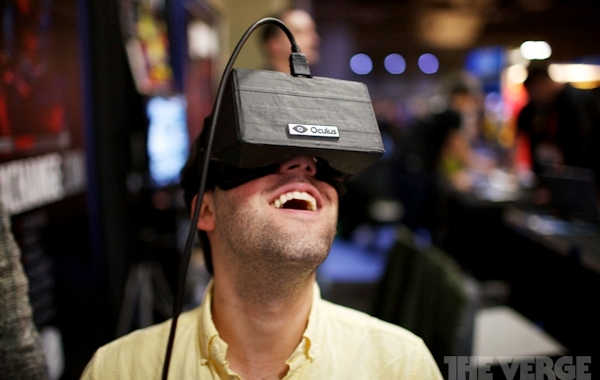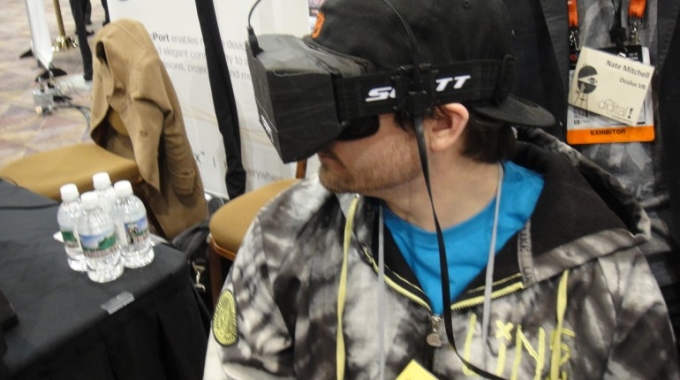Beyond Google Glass: The Evolution of Augmented Reality
The wearable revolution is heading beyond Google Glass, fitness tracking and health monitoring. The future is wearables that conjure up a digital layer in real space to “augment” reality.
SANTA CLARA, Calif. — Reality isn’t what is used to be. With increasingly powerful technologies, the human universe is being reimagined way beyond Google Glass’ photo-tapping and info cards floating in space above your eye. The future is fashionable eyewear, contact lenses or even bionic eyes with immersive 3D displays, conjuring up a digital layer to “augment” reality, enabling entire new classes of applications and user experiences.










